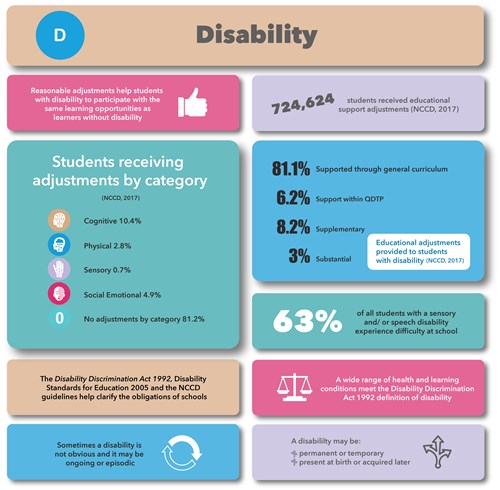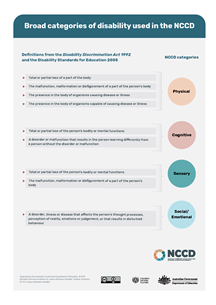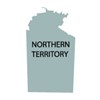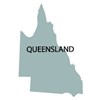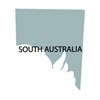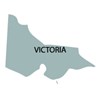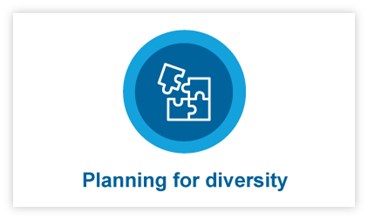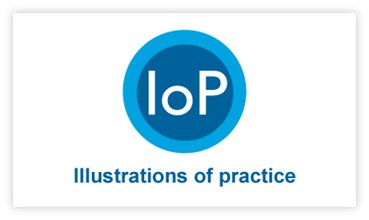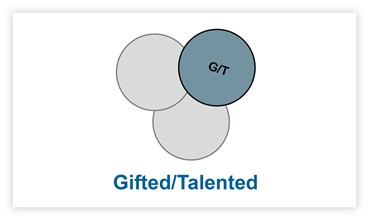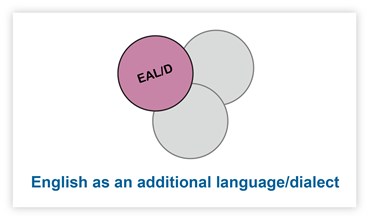Students with disability represent a significant number of students accessing the Australian Curriculum. Students’ individual strengths and abilities should be central to the teaching and learning planning process.
The Disability Discrimination Act 1992 and the Disability Standards for Education 2005 outline the requirements for education providers to ensure that all students with disability can access education ‘on the same basis’ as their peers, supported by reasonable adjustments and teaching strategies tailored to meet their individual needs.
The Australian Curriculum provides the flexibility for teachers to take into account the different rates at which children learn. Information about the levels of adjustments can be found in the Nationally Consistent Collection of Data for Students with Disability (NCCD) Guidelines which are reviewed annually.
The Disability Discrimination Act 1992 defines disability as:
- total or partial loss of the person's bodily or mental functions
- total or partial loss of a part of the body
- the presence in the body of organisms causing disease or illness
- the presence in the body of organisms capable of causing disease or illness
- the malfunction, malformation or disfigurement of a part of the person's body
- a disorder or malfunction that results in the person learning differently from a person without the disorder or malfunction
- a disorder, illness or disease that affects a person's thought processes, perception of reality, emotions or judgment or that results in disturbed behaviour.
The Disability Discrimination Act 1992 includes disability that:
- presently exists; or
- previously existed but no longer exists; or
- may exist in the future (a genetic predisposition to that disability); or
- is imputed to a person.
Broad categories of disability used in the Nationally Consistent Collection of Data on School Students with Disability (NCCD)
From “Definitions of disability and the NCCD categories“ by Australian Government: Nationally Consistent collection of data on School Students with Disability, 2019 (https://www.nccd.edu.au/wider-support-materials/definitions-disability-and-nccd-categories). Copyright by Education Services Australia. Reprinted with permission.
The following points should be considered in developing personalised learning plans for students with disability:
- students with disability may also be gifted and talented and/or have English as an additional language and/or dialect. In some instances, a student may require support in more than one element of diversity
- general capabilities and cross-curriculum priorities can be used to support age-appropriate teaching and learning programs and personalised plans
- Literacy, Numeracy and the Personal and Social capabilities include levels in the continua to support students with disability. Stages in each learning continuum are labelled from level 1 to 6 to emphasise that the continuum presents a sequence of learning independent of student age:
- Literacy level 1 is divided into five sub-levels: 1a, 1b, 1c, 1d and 1e. Levels 1a–1d represent the development of early literacy skills with an emphasis on communication
- Numeracy level 1 is divided into two sub-levels: 1a and 1b, to represent the progression from early numeracy to numeracy skills.
- Personal and Social capability level 1 is divided into two sub-levels: 1a and 1b. Level 1a describes the development of awareness of self and others and Level 1b describes the skills or actions that accompany understandings about self and others
- students with disability can achieve educational standards commensurate with their peers
- students with disability who require adjustment/s to one learning area may not require the same adjustment/s to another learning area
- not all students with a disability require adjustments to all three dimensions of the Australian Curriculum
- students with the same category of disability do not always require the same adjustments
- students with disability may require different levels of adjustment over time to reach their potential
- ongoing formative assessment, particularly pre-assessment, is critical to ensure that learning area content and adjustments align with student needs.
The Melbourne Declaration (2008) espouses the dual goals of equity and excellence. Excellence requires all students to have access to a curriculum that encourages high expectations of all learners, and equity a reduction in the impact of sources of disadvantage, such as disability, homelessness, refugee status and remoteness.
The Disability Discrimination Act 1992 and the Disability Standards for Education 2005 provide advice for teachers on how to meet their responsibility to provide students with disability the same opportunities as other students, including the right to education and training ‘on the same basis’ as students without disability.
On the same basis
'On the same basis', requires teachers to provide comparable learning opportunities and choices for students with disability to those offered to students without disability. The Australian Curriculum supports this by providing a curriculum framework that can be used flexibly to meet the needs of all students.
ACARA responds to ‘on the same basis’ through a curriculum that provides:
- equitable opportunities and choices for all students
- rigorous, relevant and engaging content
- age and/or year level content to identify key concepts that align with students’ interests and abilities.
Consultation
Consultation is a requirement under the Disability Standards for Education 2005; education providers must consult the student, and/or an associate of the student, to identify reasonable adjustments. ACARA recognises the importance of consultation so that the three dimensions of the Australian Curriculum are considered in meeting the needs of students.
Effective consultation requires:
- collaboration among the student, family members or carers, and people who have significant knowledge and understanding of the student
- high expectations of learners
- regular and ‘point of need’ communication
- ongoing collaboration throughout a student’s school life.
Reasonable adjustments
According to the Disability Standards for Education 2005, a reasonable adjustment is a measure, or group of measures, implemented to assist a student with a disability to access and participate in learning. Reasonable adjustments should be regularly evaluated and modified to meet the changing needs of students.
When making adjustments using the three dimensions of the Australian Curriculum, teachers should also consider:
- the nature of the student’s disability
- the views of the student
- the effect the adjustment will have on the student’s participation, progress and independence
- the effect the adjustment will have on others.
|
|
|
||
|
|
|
||
|
|
|
||
|
|
|
